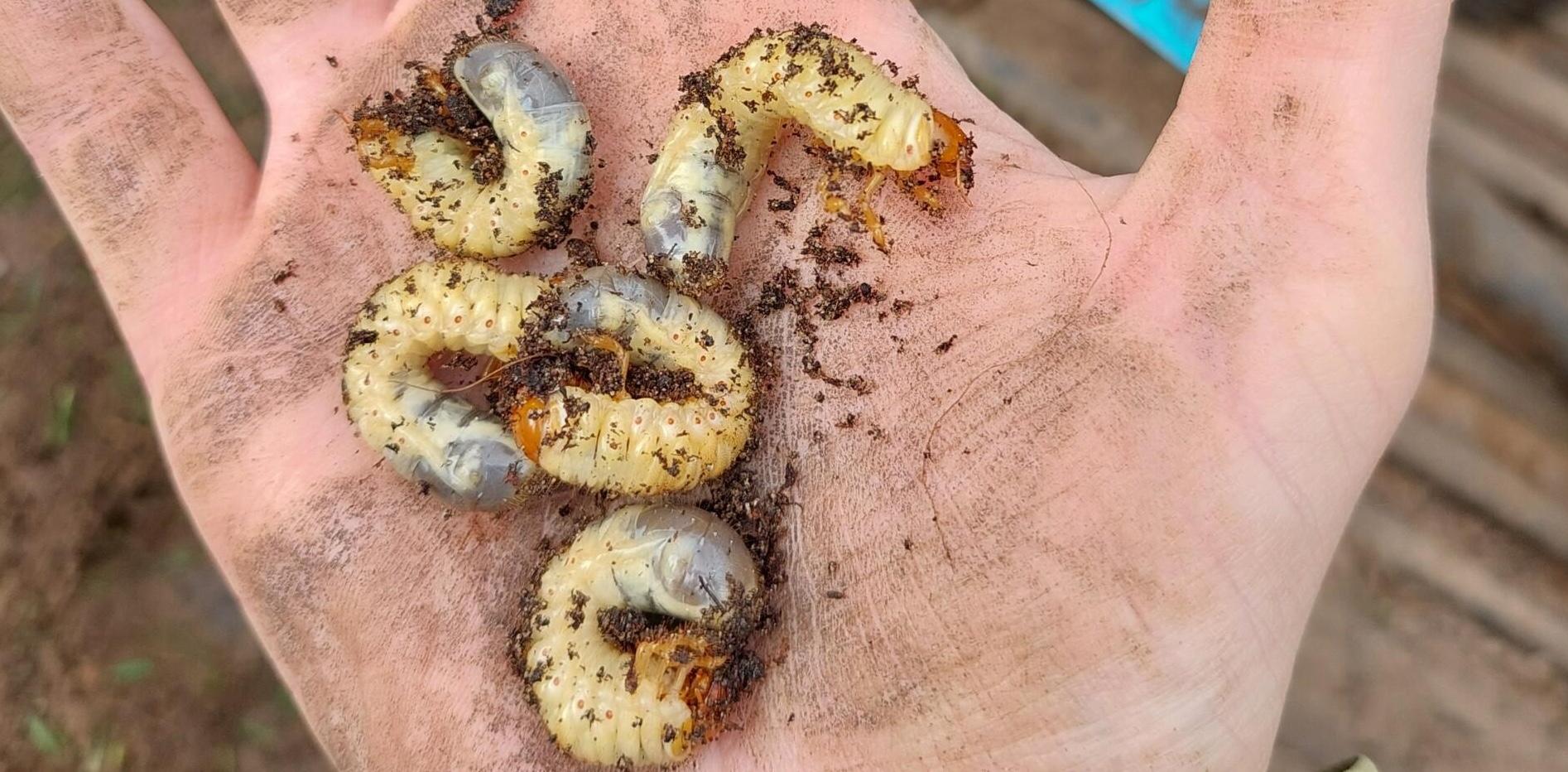
Why are nozzle charts so frustratingly complex? They hold vital information for getting your sprayer set up correctly but they do a pretty good job of hiding in amongst a heap of unnecessary numbers.
WHY WHY WHY???? Well, pretty simple really - nozzles are generally designed to be pretty generic so they can be mass produced and used in many markets / areas - Including:
Forage maize, grain maize, potato, barley, cucumber (protected), ornamental plant production, barley, combining pea, field bean, wheat (winter), amenity grassland, broad bean, brussels sprout, cauliflower, fodder beet (seed), sugar beet (seed), managed amenity turf, apple, pear, quince, asparagus (outdoor), edible podded pea, vining pea, unwanted vegetation, oats (spring, seed), rye (winter, seed), triticale (winter, seed), wheat (winter, seed), etc, etc..................
Each individual crop is going to have very different requirements, leaf type, canopy density, etc, etc....
So when nozzle charts are put together they are purposely generic.
So where do we start? - With a bit of constructive criticism

The above chart indicates forward speed of 6 - 18 km/h and pressure range of 2 - 6 bar. I'd suggest lower forward speeds for precise spraying which immediately throws these figures out. Pressure needs careful attention - but from experience nozzles work at there best between 2 - 3 bar.

Forward speed of 5 - 18 km/h again means not much of this table is relevant unless your spraying large areas. The pressure range again is very broad - 1.0 to 8.0 Bar is a huge range to ask a nozzle to perform in. What is good about this chart is it gives some indication of the droplet sizes being created at the different pressures.

This is a good piece of accompany documentation and here we begin to see the impact varying pressure has on a range of nozzles. When calibrating a sprayer we tend to focus on forward speed, pressure and water volume. Whilst spray quality is mentioned in sprayer training I have never experienced anyone going into depth on the real impact of this. The more time I spend looking at it the more I think this is in many ways more important than water volume.

It's getting better - this one has combined water volumes, pressures and its impact on spray quality. Although clearly not designed for turf the forward speeds start at 8 km/h and again pressure ranges from 1.0 - 5.0 bar.

This is a UK turf nozzle - the 3km/h start is the giveaway but I would suggest anyone spraying 14 km/h is going to be pushing the boundaries. Once again the pressure range of 1.0 - 5.0 is too wide.
Low pressure - coverage is lost
High pressure - too much drift and product is lost.

More about setting nozzle pressure here.
Ok lets critic our own - much better indication of realistic forward speeds and pressure. Although from personal experience I'd keep pressure between 2.0 and 3.0 bar to get the very best out of them.
These nozzle charts should come with your nozzles when you purchase them - keep hold of them they are a really useful tool when trying to get the best out of any product you put through your sprayer.
Find out more about our new Application Academy.




